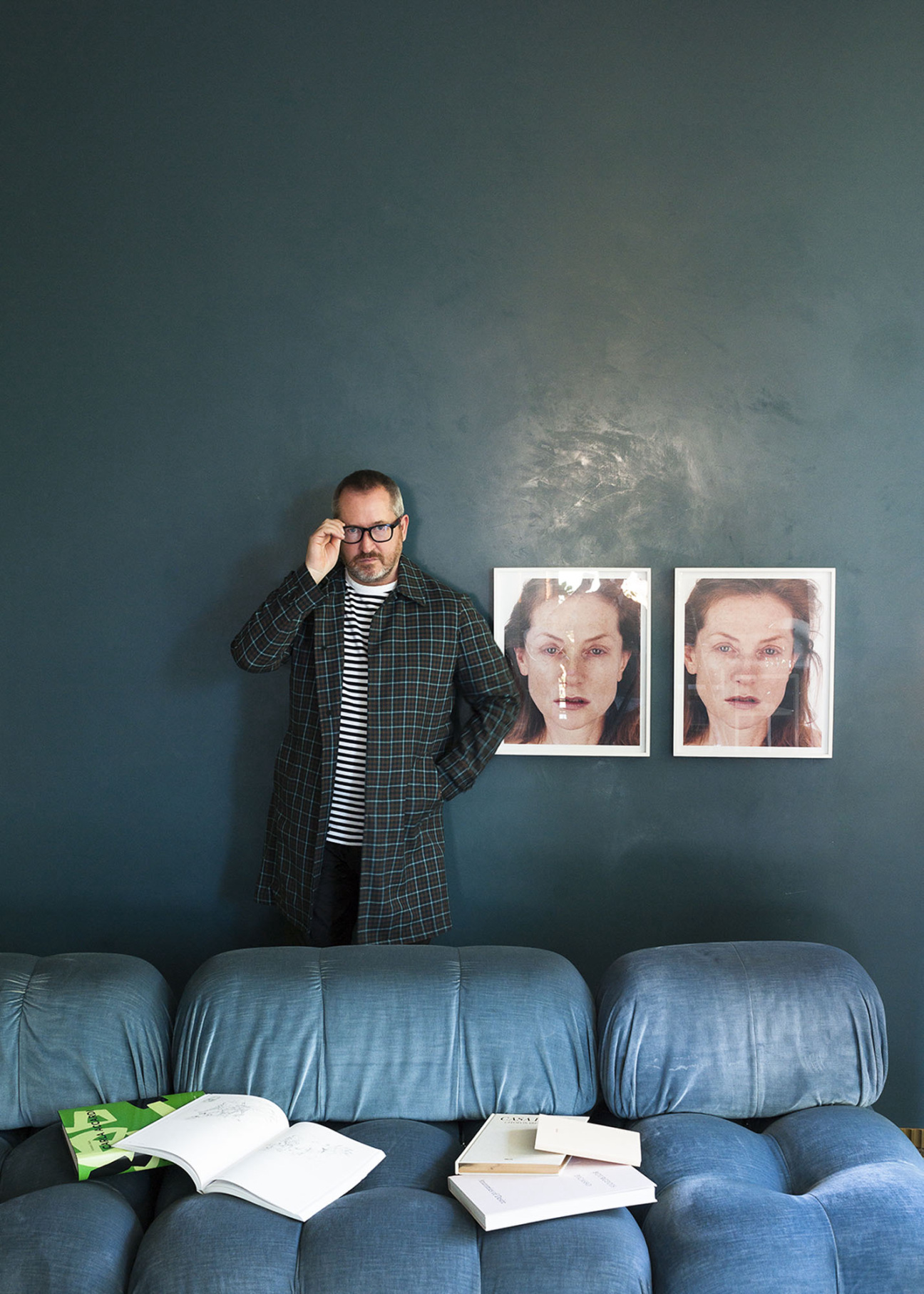
Luca Bombassei has to fall in love with an artwork before bringing it home. Some may call him old-fashioned, but the architect, collector, and president of the Venice International Foundation simply considers himself particular. “With art and design,” Bombassei admits, “my ideas and choices have an inner coherence, strictly connected to my experiences and taste—they are independent from the world outside.”
This independent streak has served Bombassei well. For over two decades, the architect and interior designer has been acquiring a unique blend of works by artists including Franz West, John Baldessari, and Paola Pivi.
Bombassei keeps one eye on the future and another on the past. In 2020, he was appointed to lead the Venice International Foundation, where he has embraced its historical mission to safeguard Venetian artistic heritage. Here, Bombassei reveals how he first began to collect and the “magic” each artwork contains within it.
What do you think sets Italian art collectors apart?
It might sound obvious, but Italian art collectors often distinguish themselves by their deep appreciation for their cultural heritage. They have a strong sense of stewardship, actively participating in initiatives to promote art and architecture of whatever era it may be, historical or contemporary. DNA devoted to art is inherent in us Italians.
At the same time, their dedication to supporting emerging as well as established artists is very important. Unlike some collectors driven solely by financial gain, many Italian collectors, including myself, prioritize the intrinsic value of art and its ability to spiritually enrich society and themselves.

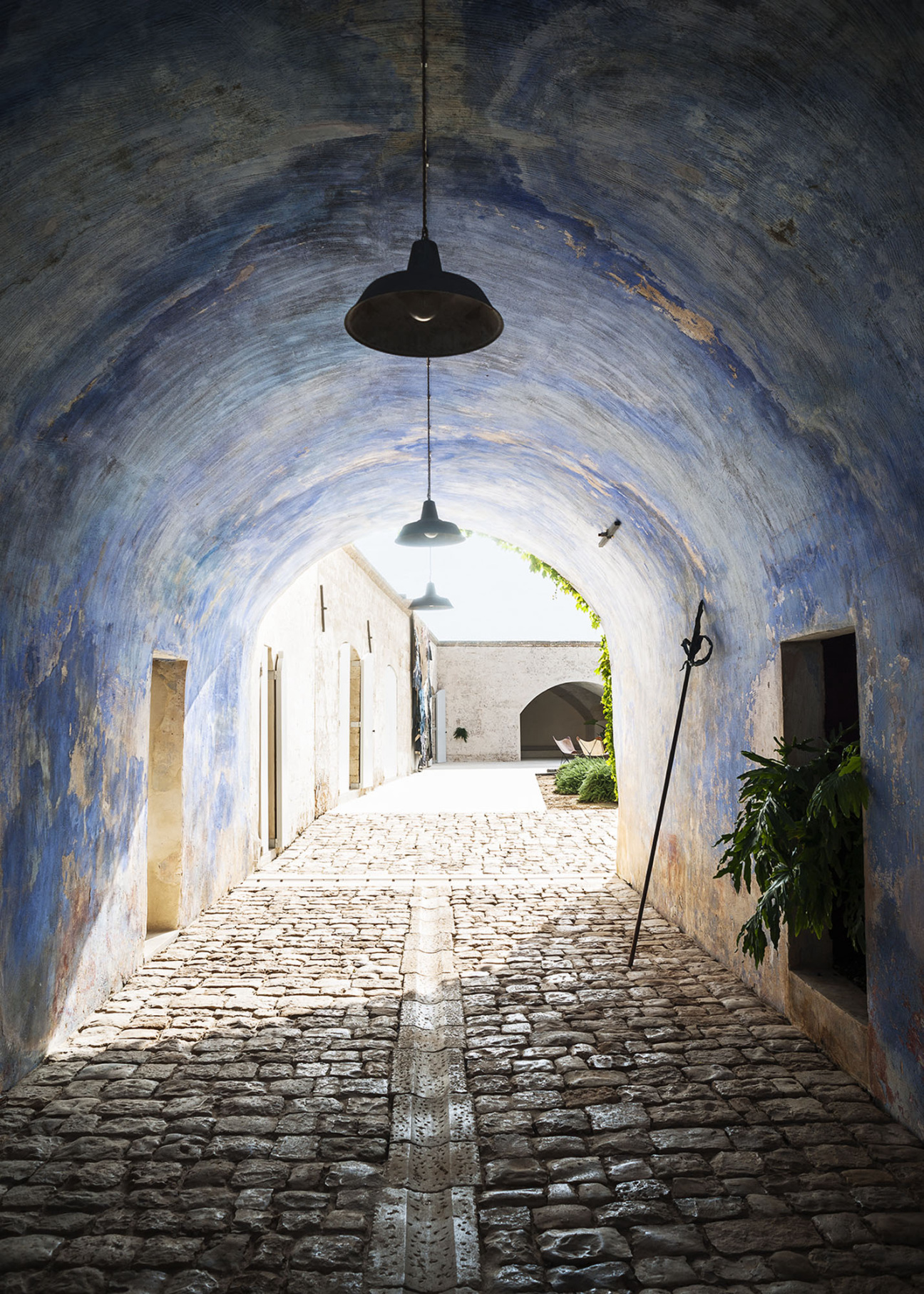
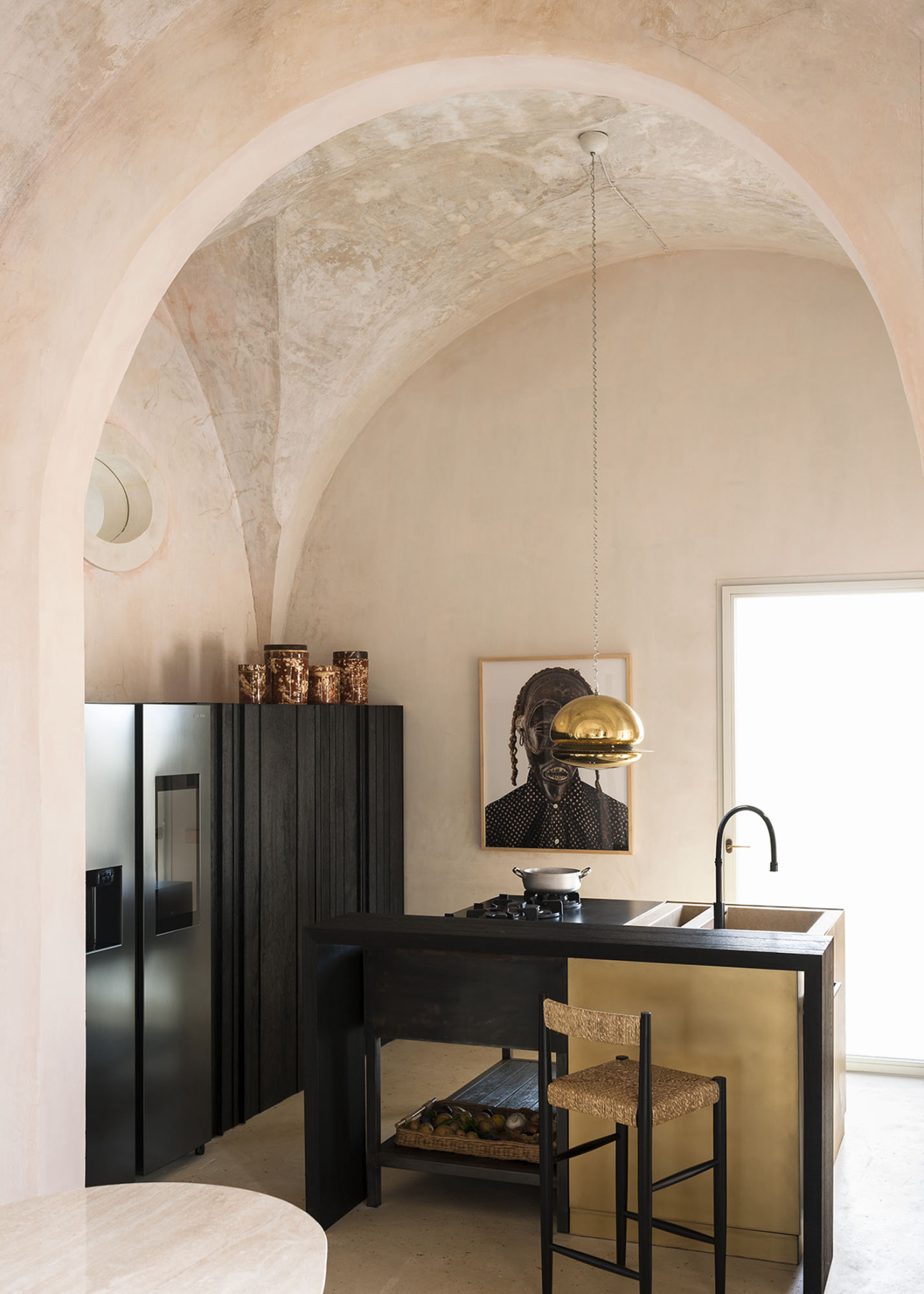
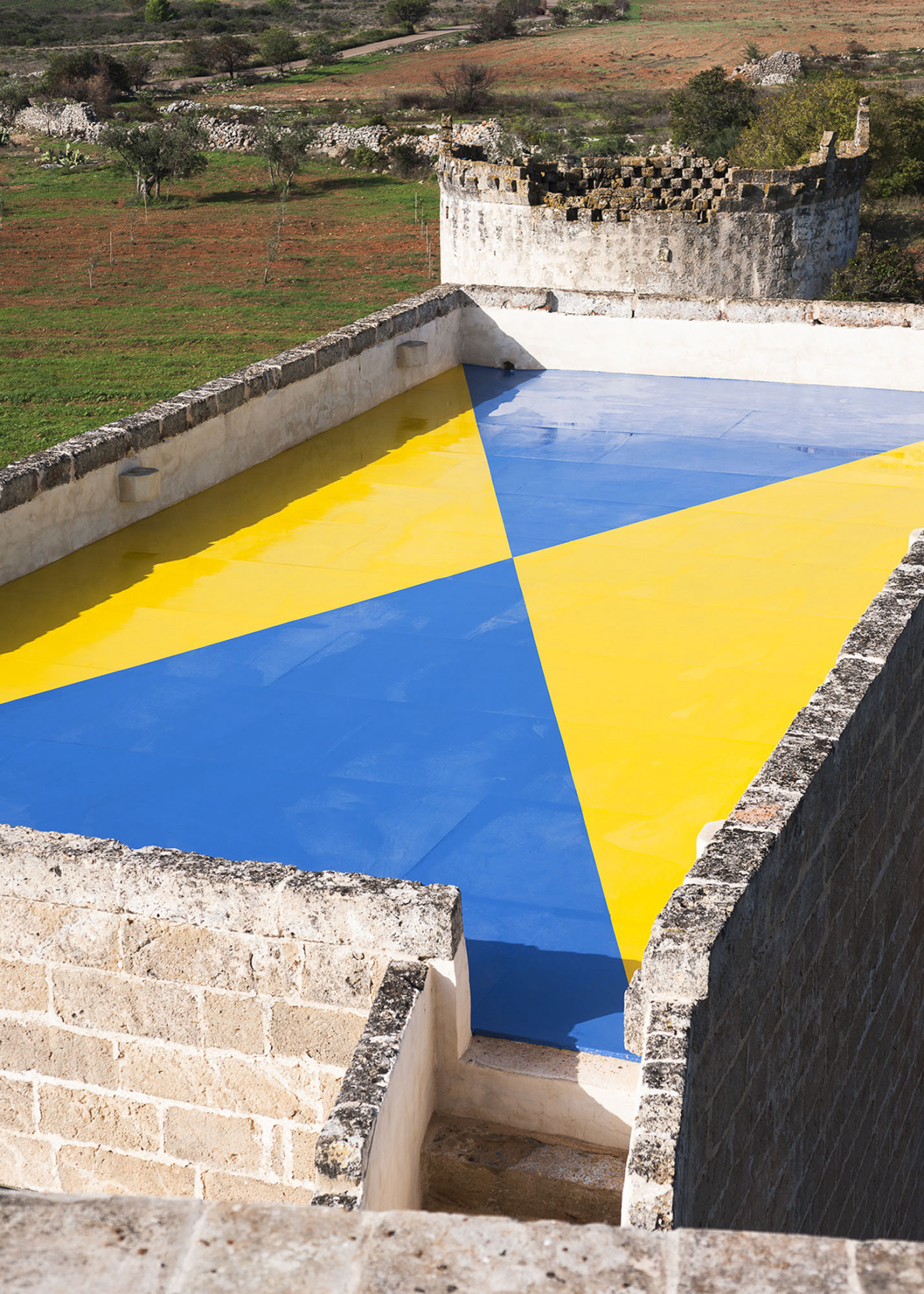
In your work with the Venice International Foundation, how are you hoping to shift the landscape of art and architecture in the city?
It is a real privilege for me to live in Venice, a city that in recent years has increasingly been opening up to the contemporary—not only every two years with those extraordinary catalysts that are the Biennales, but also thanks to the opening of foundations, museums, and art institutions which increasingly tend to network with each other in a fruitful way.
Through supporting contemporary art exhibitions in places that represent history and investing in the preservation of historical sites, we hope to create spaces where traditional and contemporary art can coexist harmoniously, fostering dialogue and innovation.
What do you remember about your earliest collecting?
That period of discovery, sometimes even through mistakes (which I keep as signs of my personal growth), set the tone for my future collecting endeavors. While I may not recall the specific details of the first piece [I bought], its significance lies in igniting my passion and shaping my approach to acquiring art.

Which work in your home provokes the most conversation from visitors?
There are artists, as well as gallery owners or curators, who over the years have also become friends. Often, this leads to being able to describe the emotion that a work arouses in me and empathetically transfer it to my guests. It’s quite clear that the big names in art attract more attention, but when you can [share that a work’s] author received a Golden Lion at the Venice Biennale and, given the unexpected recognition, came to celebrate in your house, it makes that work become the subject of fantastic stories.
How do you discover new artists or work?
My discoveries stem from various channels: the Venice Biennale is obviously a reference for me, as I am half Venetian, but I also move among gallery exhibitions, art fairs, online platforms, and recommendations from fellow collectors and art professionals.
I don’t follow a fixed rule or a pre-established thematic thread, but as a recurring element I have always been fascinated by words transposed into art: starting from the 1978 exhibition on the “Materialization of Language” [a show featuring 90 female artists engaged with language], continuing with Jenny Holzer‘s “Truisms” and Claire Fontaine’s neon writings, particularly under the spotlight today thanks at the current Venice Biennale. My collection includes beautiful pieces from these series, as well as a nice piece by Lucia Marcucci, [a pioneer] of Italian concrete poetry.


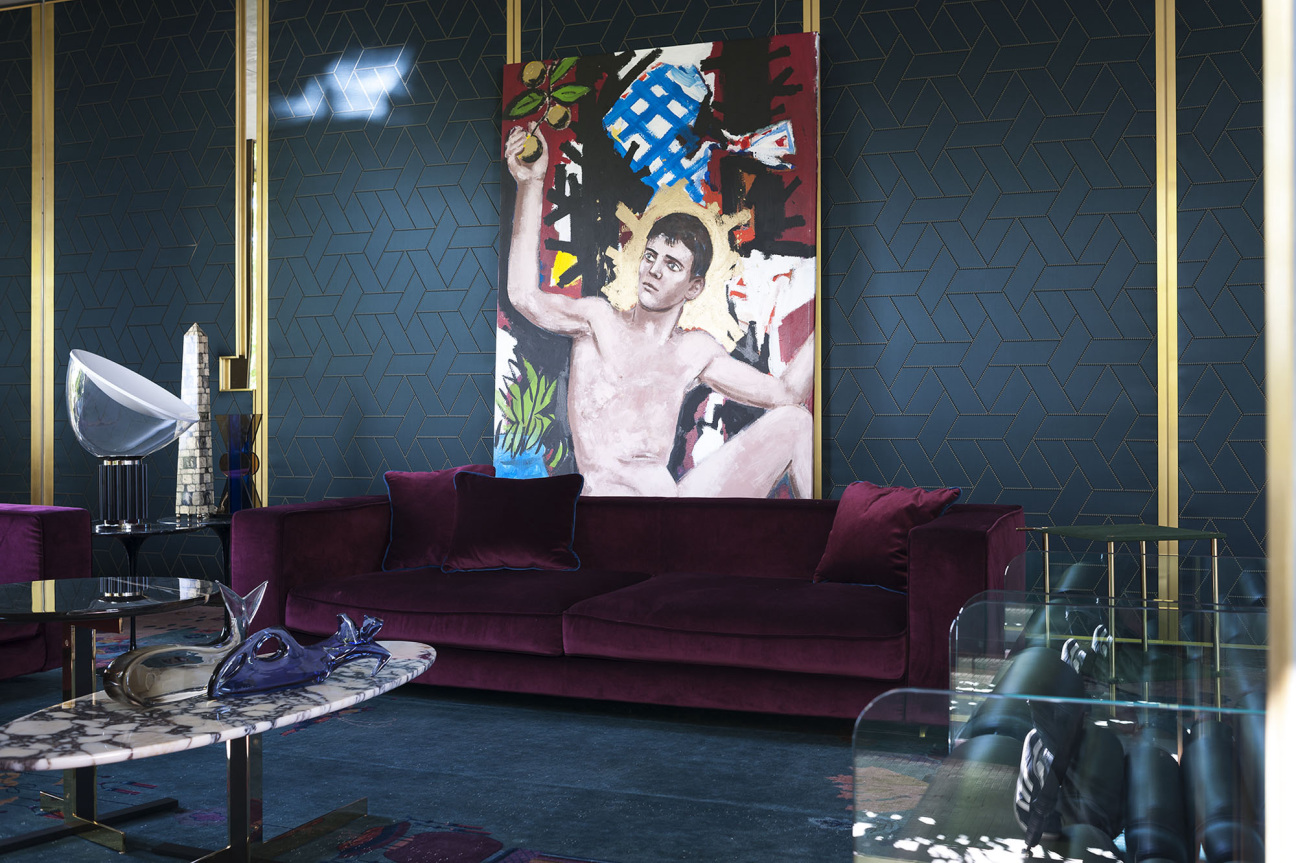
Which artist are you currently most excited about and why?
I have always followed Francesco Vezzoli‘s work and I am enthusiastic about his exhibition at the Correr Museum in Venice, produced Venice International Foundation. It is a particularly significant project for our association, since Vezzoli’s bold and conceptual approach to art promises to create a dynamic dialogue with the historical setting of the Correr Museum in San Marco Square. It is also a source of personal pride: I believed in Francesco many years ago and I am happy that he is now experiencing this beautiful moment.
What was the most challenging piece in your personal collection to acquire?
I have some site-specific works and this has involved dialogues and “mediations” with the artists. But these are perhaps the difficulties that I consider the most beautiful.
How has your collection changed as your homes and spaces have changed?
As my homes and spaces have evolved (I remind you that I’m an architect and interior designer, so “my” houses are never really finished but are always in constant evolution), so too has my collection. When purchasing a work of art, not always do I have in mind where I will place it. But in the end, as if by magic, each piece always finds its natural, although not necessarily definitive, location.










 in your life?
in your life?

